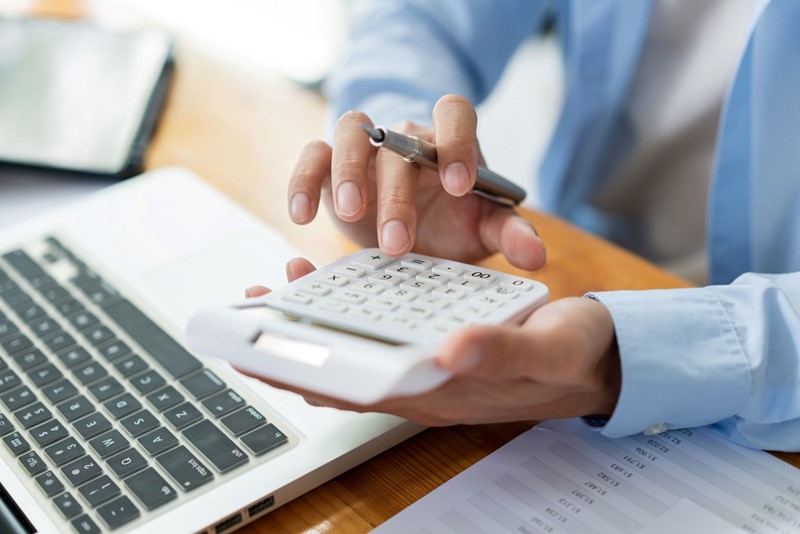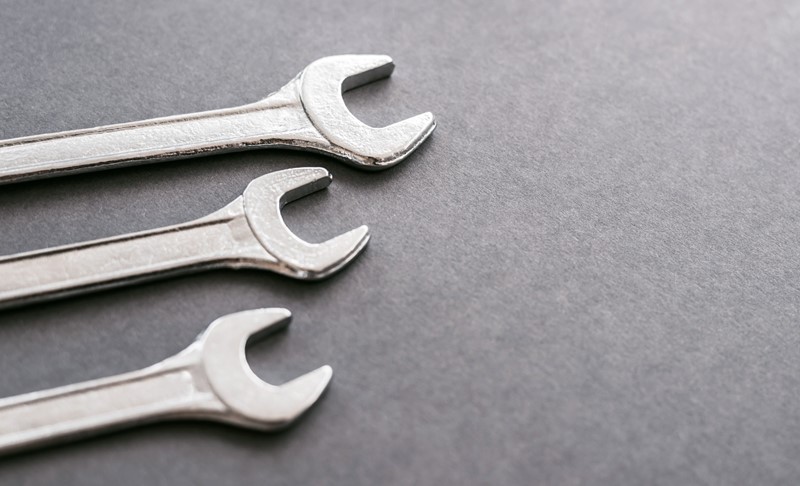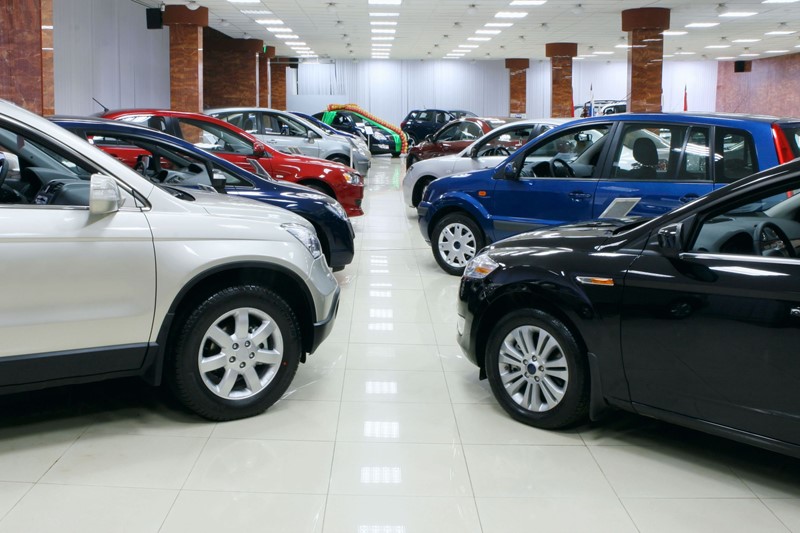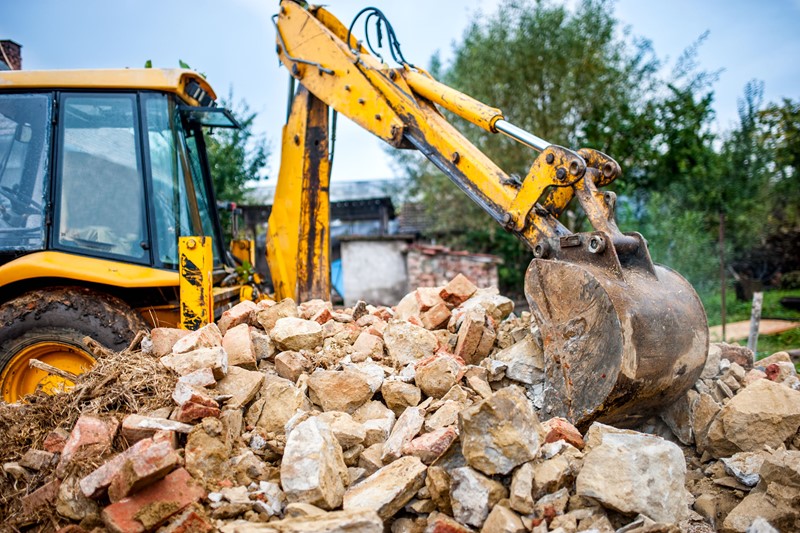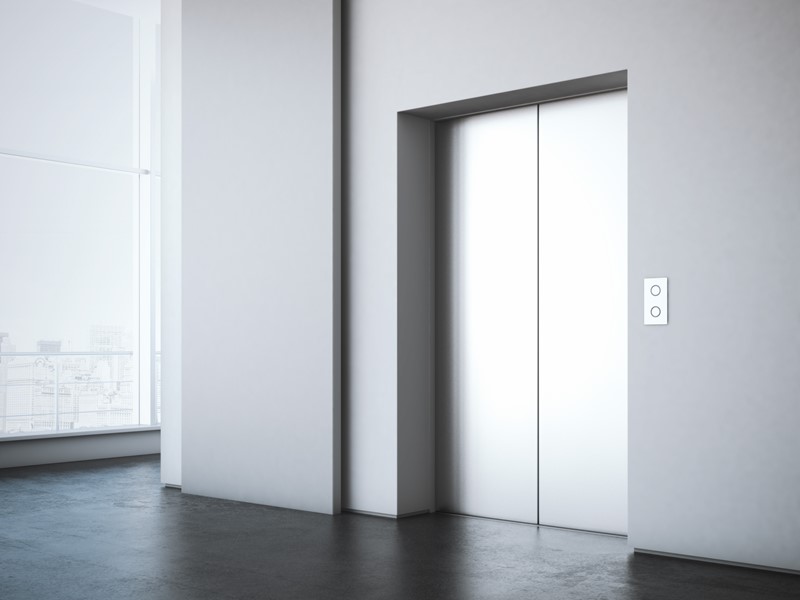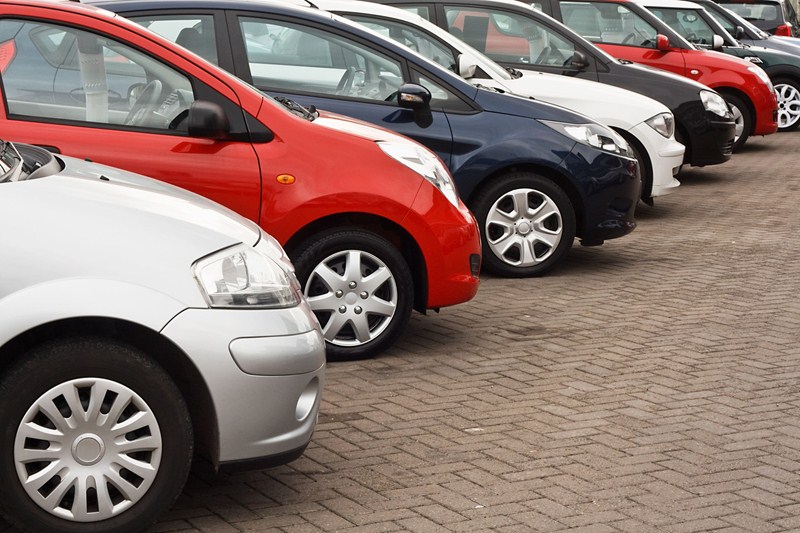Capital allowances enable businesses to claim tax relief on certain capital expenditures. Different rules apply to various types of capital expenditure, and the amount you can claim depends on the specific capital allowance you use. If an item is eligible for more than one type of capital allowance, you can choose which to apply.
The main capital allowances currently available are:
- Annual Investment Allowance (AIA) – The AIA is available to all businesses (companies, sole-traders and partnerships) regardless of size. The AIA allows businesses to write off 100% of the cost of qualifying Plant & Machinery (P&M), up to the allowed maximum, against taxable profits. You can claim up to £1 million on qualifying purchases.
- Full expensing and 50% First Year Allowances – The full expensing measure currently applies from 1 April 2023 until 31 March 2026 and allows companies to claim 100% capital allowances on qualifying plant and machinery investments. Under full expensing, for every pound a company invests, their taxes will be cut by up to 25p. For “special rate” expenditure, which does not qualify for full expensing, a 50% FYA can be claimed instead.
- Writing down allowances – For P&M expenditure that exceeds the AIA or does not qualify for a FYA. You can claim these allowances if your plant and machinery does not qualify for AIA, or you have already claimed the maximum amount. This relief is based on the cost of the items in the year they are acquired. A standard 18% writing down allowance is available on qualifying assets. There is a lower rate of 6% available for certain long-life assets and integral features.


